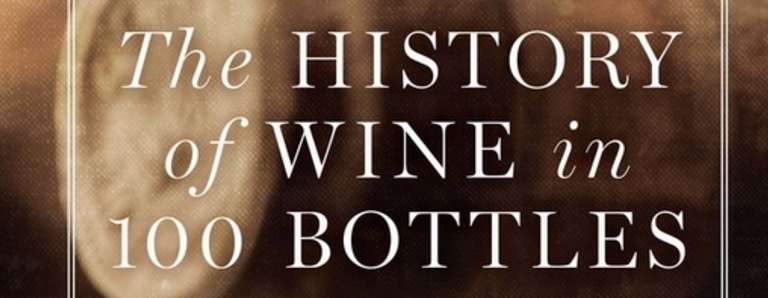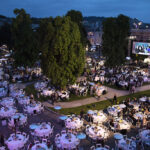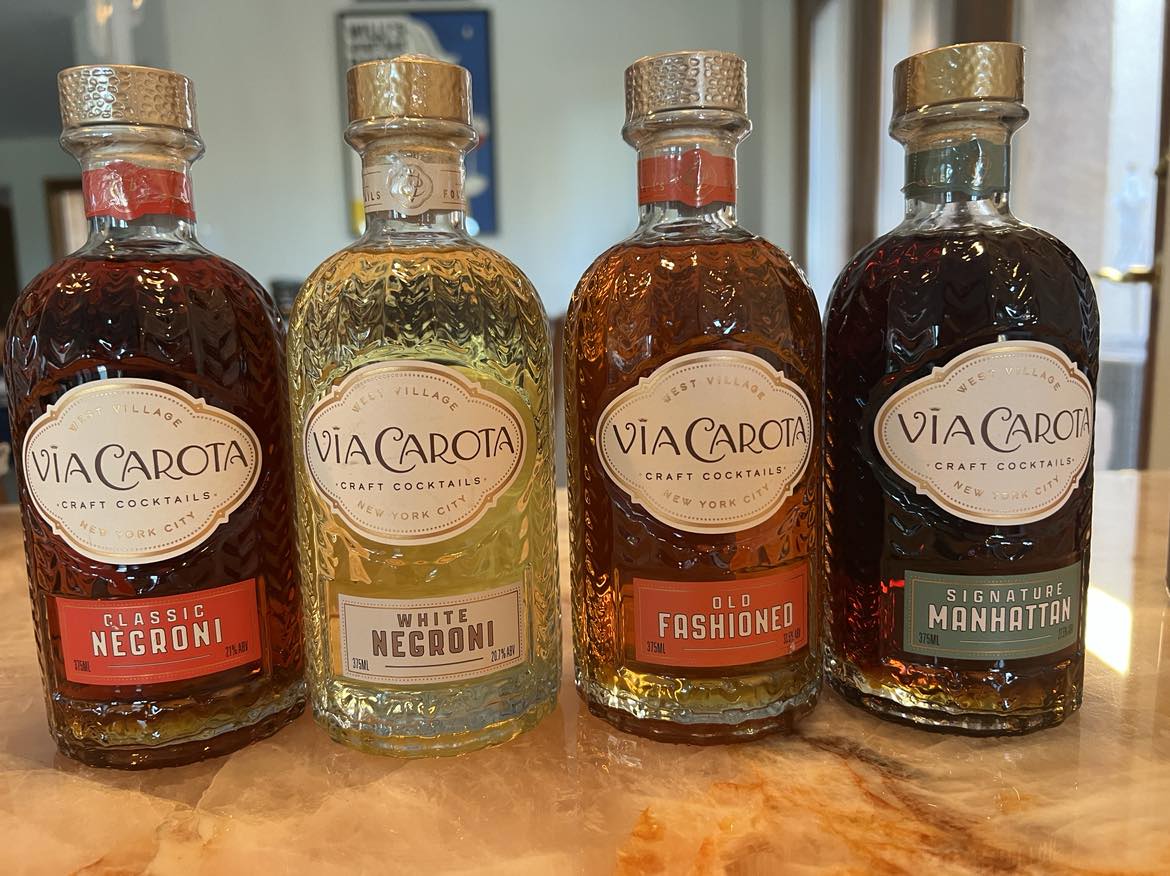At first glance I thought wow, this is a beautiful book, with glossy pages and photos, this will be one I won’t be highlighting or making marks and notes in the margins on. Though it will be a lovely textbook of review, it looks like a book I’d pick up at an art museum. Now…to the reading!
My Review
 Writer Oz Clarke gives a bottle-by-bottle retelling of wine’s most historical moments, one hundred of them, satirically most of the time so it’s a highly entertaining read. Along with that, he dedicates two pages – one filled with a photo or two and captions and the other with text – making it also an easy read. Some of the points, like the history of rules governing Bordeaux and Phylloxera, I’ve read (and possibly wrote about) before so I will share with readers just some of the interesting tidbits of knowledge I may not have shared before. Suffice it to say, you need to pick up your own copy for the full skinny.
Writer Oz Clarke gives a bottle-by-bottle retelling of wine’s most historical moments, one hundred of them, satirically most of the time so it’s a highly entertaining read. Along with that, he dedicates two pages – one filled with a photo or two and captions and the other with text – making it also an easy read. Some of the points, like the history of rules governing Bordeaux and Phylloxera, I’ve read (and possibly wrote about) before so I will share with readers just some of the interesting tidbits of knowledge I may not have shared before. Suffice it to say, you need to pick up your own copy for the full skinny.
Our story begins in 6000 BC with clay pot wine from the Republic of Georgia. Noah, yes that Noah, is credited as our first vineyard owner. In ancient Greece water was purposely used to dilute the flavor of wine. Between 300 BC and 200 AD a wine called Opimian was known to burst into flames if lit. The German wine, a 1540 vintage Steinwein, is the oldest known vintage of wine. (Oz has a theory as to why that’s the case.) The “steel worm” corkscrew, the grandfather of what we use today, appeared first in 1581. Louise XIV, and his conservative court, didn’t like bubbles in their Dom Perignon Champagne.
Why was there a straw flask wrapped around the bottle of your parent’s Chianti? (It wasn’t for appeal in making a candleholder.) Cork is shaven off of trees and regrows, so there is no harm and that’s why there seems to be an endless supply. The “Blood Vintages” in Champagne are 1914 and 1915…do you know why? Roederer Cristal Champagne comes in a clear bottle wrapped in orange cellophane to protect the contents from sunlight; I was surprised to learn the original reason for its use. During the 1940s Mateus was rumored to be more expensive and a better choice than Champagne. (Of course this is a rumor shared by our author – for our amusement or not?) Also during the 1940s, Hitler confiscated one half million bottles of French wines for his own cellar. Professor Emile Peynaud is credited for stopping the use of rotten grapes in wine production, cleaning up wineries, cooling down cellars, using new oak barrels and introducing secondary labels for lesser-quality wines from the same winery.
Boxed wine started in 1963 in Sweden? Gallo’s 1964 “hearty burgundy” was the best wine at the time? Why did a wine called Retsina have pine resin in it? Nouveau Beaujolais wine is made in 6 weeks? A 95 point score from critic Robert Parker equals a million dollars to a winery? The Garagiste movement began in France? A sparkling wine made in England was the best in the world in 1998? Yep, these tidbits of wine knowledge will be covered in the book as well as many others including wine fraud, prohibition, White Zinfandel, corks and screw caps.
online pharmacy https://salterlewismd.com/wp-content/uploads/2022/09/new/bactroban.html no prescription drugstore
Very much worth the time of any wine lover!
From the press release, “A former leading West End actor, Oz Clarke is one of the world’s best-known wine experts, whose formidable reputation is based on his extensive wine knowledge and accessible, no-nonsense approach.
online pharmacy https://salterlewismd.com/wp-content/uploads/2022/09/new/desyrel.html no prescription drugstore
Known for his phenomenal palate, irreverent style, accurate predictions, and enthusiasm for life in general, Clarke is Britain’s most popular wine writer.”
The History of Wine in 100 Bottles
by Oz Clarke
Sterling Epicure
ISBN: 978-1-4549-1561-4
$24.95 ($27.95 Can)
Hardcover
224 pages
Publication date: April 28, 2015
Eve Bushman has been reading, writing, taking coursework and tasting wine for over 20 years. She has obtained a Level Two Intermediate Certification from the Wine and Spirits Education Trust, has been the subject of a 60-minute Wine Immersion video, authored “Wine Etiquette for Everyone” and recently served as a guest judge for the L.A. International Wine Competition. You can email Eve@EveWine101.com to ask a question about wine or spirits that may be answered in a future column. You can also seek her marketing advice via Eve@EveBushmanConsulting.com









